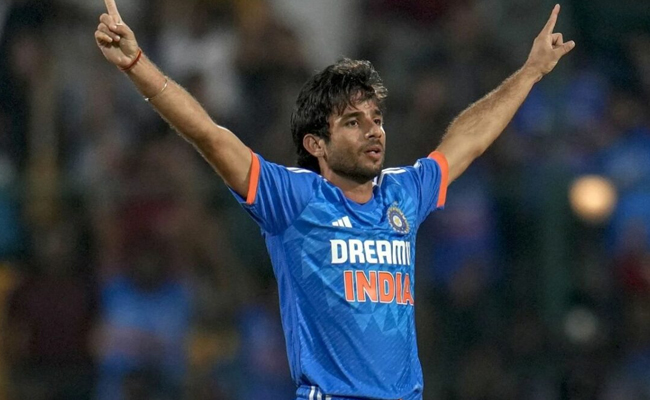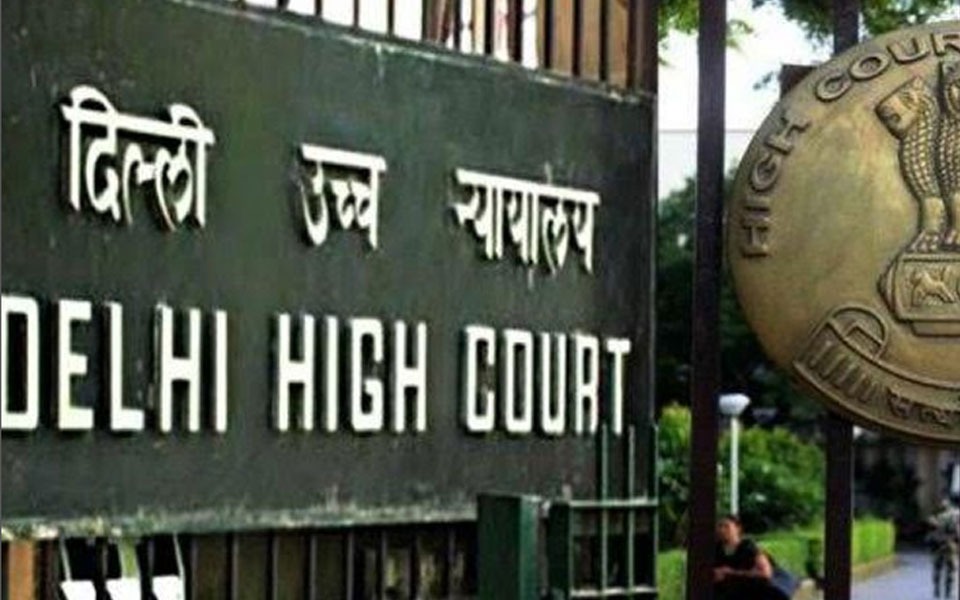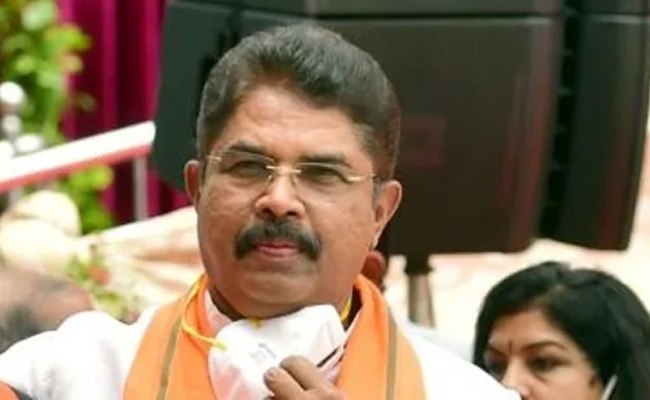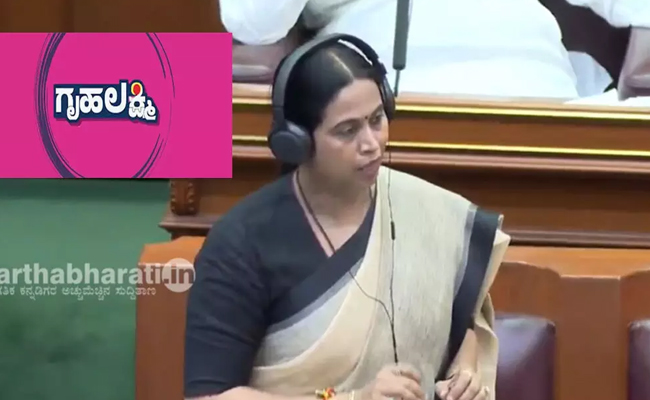Dubai (PTI): Young Indian leg-spinner Ravi Bishnoi on Wednesday rose to the top spot in the ICC T20I bowling chart on the back of his recent player of the series-winning performance against Australia.
The 23-year-old was India's go-to bowler in the just-concluded series against Australia, taking nine wickets from five games.
Bishnoi, who is on 699 rating points, has jumped five places to displace Afghanistan spinner Rashid Khan (692) from the top slot.
Sri Lankan spinner Wanindu Hasaranga and England's Adil Rashid, who both have 679 points, are in joint third.
Sri Lanka's Maheesh Theekshana (677) completes the top five.
Bishnoi is the only Indian bowler in the top 10 in the shortest format even as Axar Patel climbed nine spots to be 18th.
Meanwhile, the swashbuckling Suryakumar Yadav, who captained India during their 4-1 T20I series win against Australia, held on to the top spot among batters, while opener Ruturaj Gaikwad dropped a place to be seventh.
Hardik Pandya retained the third spot in the all-rounders' list, despite missing the series against Australia due to injury.
Let the Truth be known. If you read VB and like VB, please be a VB Supporter and Help us deliver the Truth to one and all.
Panaji (PTI): A court in North Goa on Wednesday remanded Gaurav and Saurabh Luthra, co-owners of the ‘Birch by Romeo Lane’ nightclub, in police custody for five days.
The brothers, brought to Goa from Delhi after being deported from Thailand in connection with the December 6 blaze that killed 25, were produced in the court after undergoing health check-ups twice at the District Hospital in North Goa.
Judicial Magistrate First Class Mapusa Puja Sardesai remanded the two brothers in police custody for five days.
Advocate Vishnu Joshi, representing Bhavana Joshi who lost four family members in the tragedy, said that the accused were asking for “special consideration” claiming poor health.
ALSO READ: Dharmasthala mass burial case: Accused Chinnayya expected to be released on Wednesday
“We said they should not be given any extra relaxation,” he said, adding that the court has taken cognisance of the fact that this is about the death of “25 people in the form of mass genocide”.
“But since they kept pressing for medical check-up, the court ordered reexamination of their health. It is clear in the medical examination that they don’t require any consideration. The accused sought special considerations in the lock-up like a good mattress, which the court refused,” said Joshi.
A team of the Goa Police, along with the Luthra brothers, arrived at the Manohar International Airport, Mopa, in North Goa at 10.45 am.
The duo was initially taken to a Primary Health Centre at Siolim for medical examination. They were then taken to the District Hospital at Mapusa.
After their health assessment, the two were brought to the court.
The court directed that the accused be sent for fresh medical examination. Accordingly, the two were again taken to the District Hospital.
Later, they were produced before Judge Sardesai, who ordered the five-day police custody of the accused.
After the fire tragedy at Arpora village, the Anjuna police had registered a case against the Luthra brothers on various charges, including culpable homicide not amounting to murder.
The brothers were arrested in Delhi on Tuesday after being deported from Thailand. A court there allowed the Goa Police their two-day transit remand.
ALSO READ: Woman threatens to end life as police official refuses to accept love proposal, FIR registered
The duo had fled to Phuket in Thailand early on December 7, hours after the fire at their nightclub, prompting the authorities to issue an Interpol Blue Corner Notice and cancel their passports.
They were detained by Thai authorities at Phuket on December 11 following a request from the Indian government, which later coordinated with officials in Thailand to deport them under legal treaties between the two nations.
Five managers and staff members have already been arrested by the Goa Police in connection with the fire.





